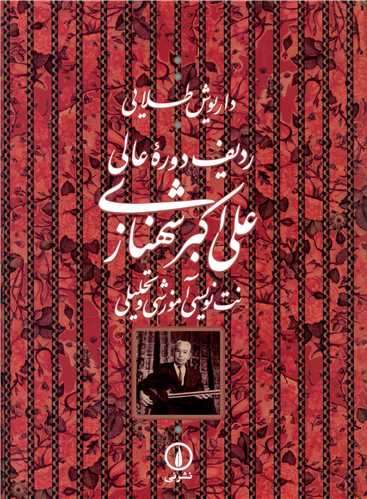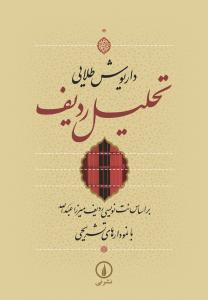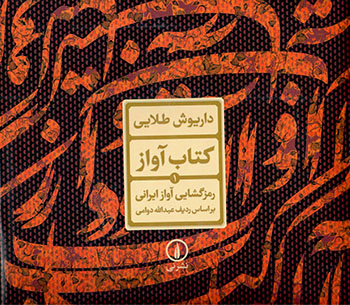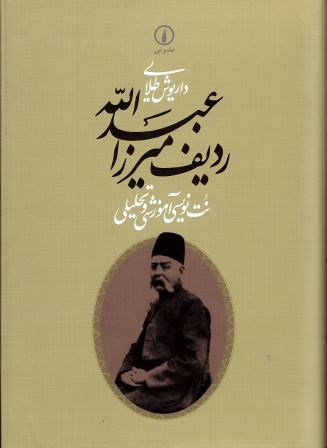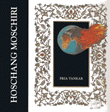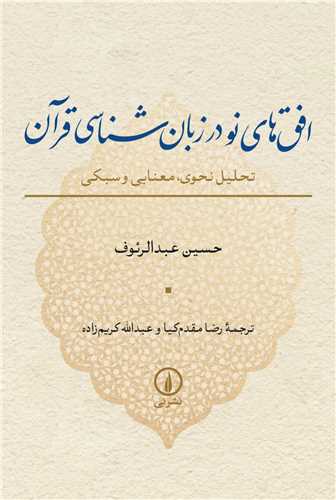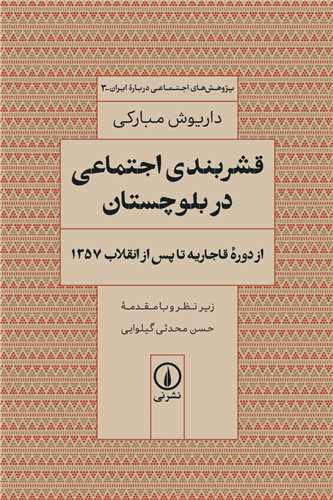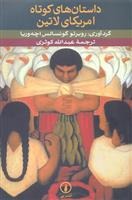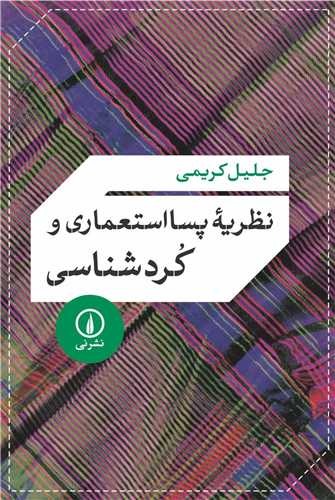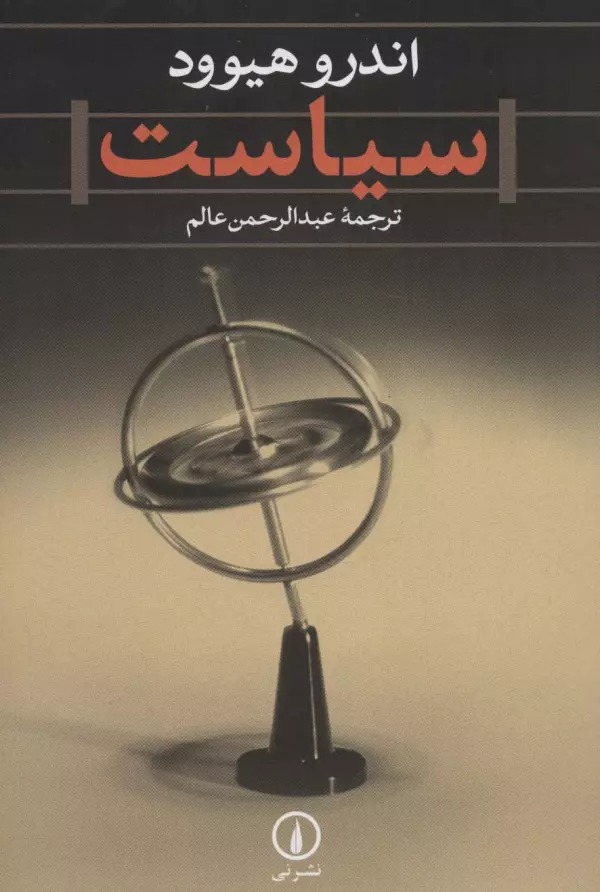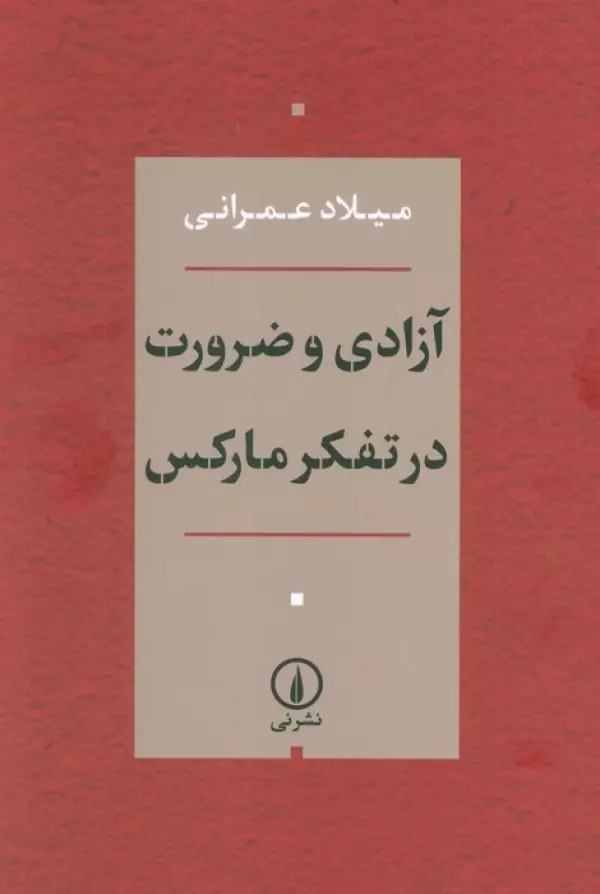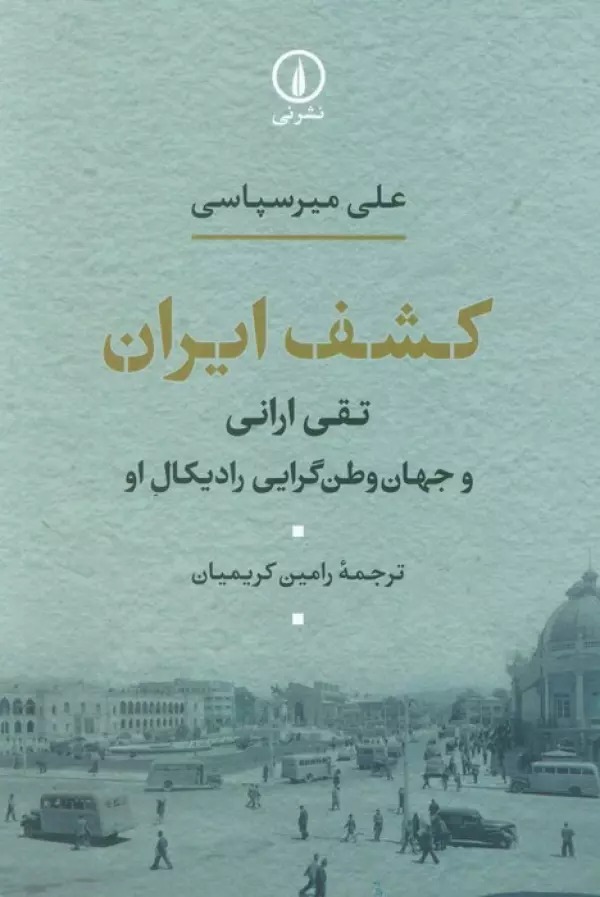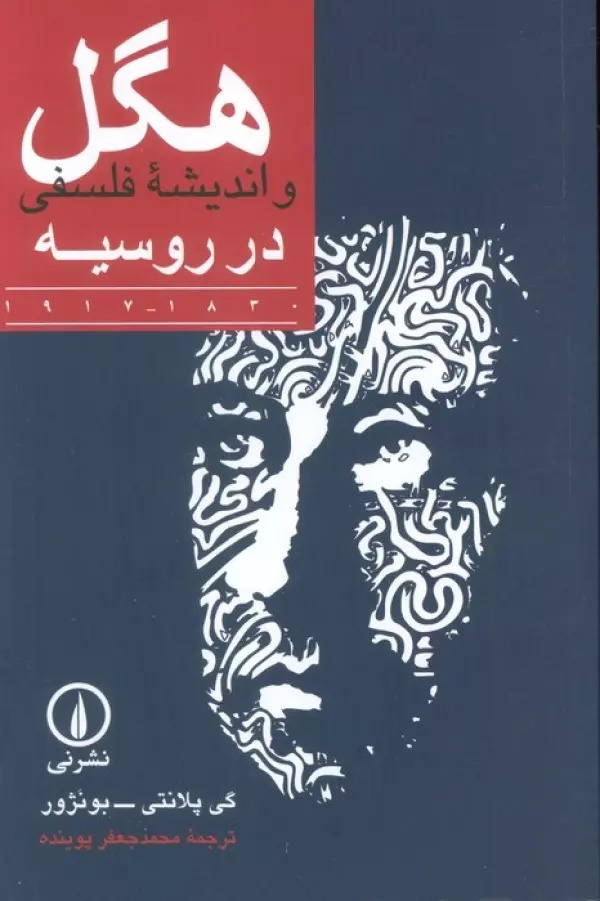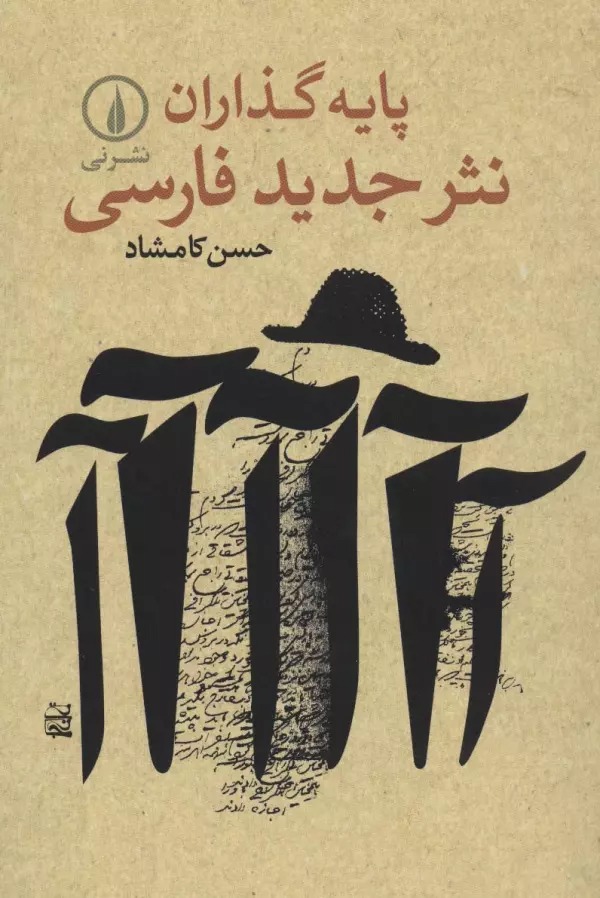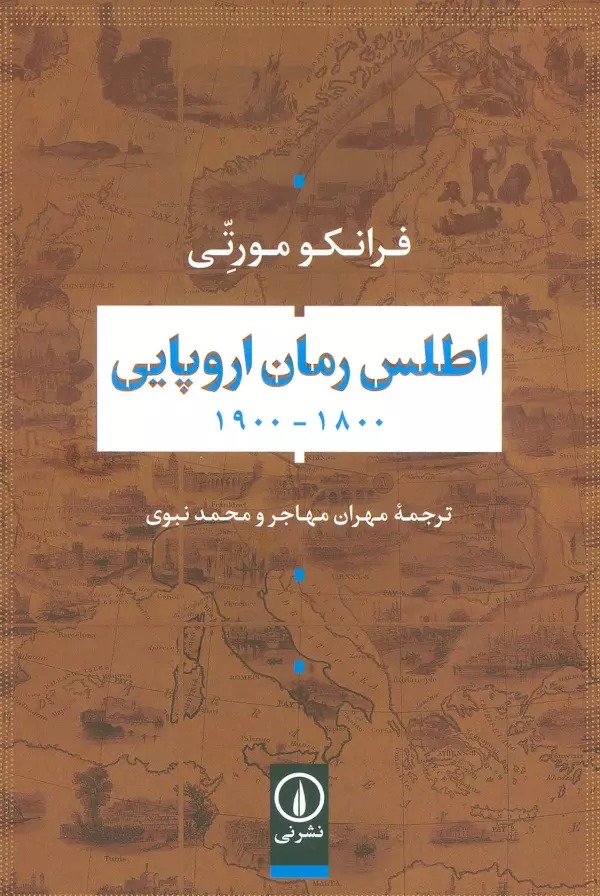Radīf-i Mīrzā'Abd'Allāh: Nut'nivīsī-yi Āmūzishī va Taḥlīlī: Persiska (Farsi) 1403
ردیف میرزاعبدالله: نتنویسی آموزشی و تحلیلی
18,76 $
Dela
Wishlist
Originaltitel:
ردیف میرزاعبدالله: نتنویسی آموزشی و تحلیلی
ISBN:
9790802605008
Förlag:
Nashr-i niy
Åldersgrupp:
Vuxen
Sidor:
444
Vikt:
720 g
Produktmått:
18 x 25 x 5 cm
Bokomslag:
Inbunden
The instrumental system of Iranian music called "Radif", which has been preserved until it reached our hands through teaching, has various narratives, and each narrative is named after the master who narrated it. The Radif of Mirza Abdullah (1222-1297 AH) is the oldest and the most reliable narration of the Radif, which was passed down from him to his immediate student Ismail Ghahrami and from Ismail Ghahrami to Nur Ali Broumand.
The notation done in this book is based on the performance of Darius Talai with three strings. An executive based on his narration from the line of Mirza Abdullah. In this notation, by inventing a special method, in addition to learning row patterns, learning the structure of corners and the connection of its sentences with each other is also considered. A method that avoids understanding this music as a frozen repertoire and seeks to transform it into generative patterns in the student's mind. In other words, the task of this book is to transfer the knowledge and content of instrumental music through radif.
Dariush Talai himself is the narrator of Radif and is from the fourth generation of musicians after Mirza Abdullah. He is an excellent musician of tar and three strings, and he learned this radif directly from Noor Ali Khan Borumand during 1350-1356. He also took courses of other narrations of radif from Ali Akbar Shahnazi, Abdullah Davami, Yusuf Farutan and Saeed Hormozi. By studying in France, he was also equipped with new knowledge of music, and the acquisition of this knowledge has allowed him to conduct scientific research in this repertoire in addition to performing and understanding radif orally. In the course of this research, he has been able to come to an understanding and a novel method to convey the content and structure of the row.
Dariush Talai, musician, radif don, researcher and university lecturer, was born in Damavand city in 1331 in a music-loving family. From the age of eleven, he studied music and participated in the high music conservatory, and in the third year of the conservatory, he became interested in playing the strings. After finishing the conservatory, he started studying music more seriously by entering Tehran Fine Arts College. After graduating in 1355, he started teaching Radif at Tehran University. In 1358, he went to Paris to continue his studies and received his doctorate in musicology from the University of Nantes, France. At the same time as studying in France, he taught at the Center for the Study of Oriental Music, which was affiliated with the Sorbonne. He was also invited to teach at the University of Washington in Seattle. In addition to teaching at Tehran University, he is currently a member of the Faculty of Music of the Faculty of Fine Arts as well as the Faculty of Music of the University of Arts. In addition to publishing books in the field of music and numerous albums, Talai has also held various concerts inside and outside the country.
more
نظام دستگاهی موسیقی ایران با عنوان «ردیف»، که با آموزش به روش سینه به سینه حفظ شده تا به دست ما رسیده است، روایت های مختلفی دارد و هر روایت به نام استادی که راوی آن بوده نامیده می شود. ردیف میرزا عبداللَّه (1222ـ 1297هجری شمسی) قدیمی ترین و معتبرترین روایت ردیف است که از او به شاگرد بلافصلش اسماعیل قهرمانی و از اسماعیل قهرمانی به نورعلی برومند منتقل شده است.
نت نویسی انجام شده در این کتاب مبتنی بر اجرای داریوش طلایی با سه تار است. اجرایی که براساس روایت او از ردیف میرزا عبداللَّه بنا شده است. در این نت نویسی با ابداع روشی خاص افزون بر فراگیری الگوهای ردیف، فراگیری ساختار گوشه ها و ارتباط جمله های آن با یکدیگر نیز مورد توجه قرار گرفته است. روشی که از درک این موسیقی به عنوان رپرتواری منجمد می پرهیزد و به دنبال تبدیل آن به الگوهایی زاینده در ذهن هنرجو است. به دیگر سخن وظیفه ی این کتاب انتقال دانش و محتوای موسیقی دستگاهی از طریق ردیف است.
داریوش طلایی خود روایت گر ردیف و از نسل چهارم موسیقی دانان پس از میرزا عبداللَّه است. او نوازنده ی ممتاز تار و سه تار است و این ردیف را طی سال های 1350ـ 1356مستقیماً نزد نورعلیخان برومند آموخته است، همچنین دوره هایی از دیگر روایت های ردیف را نزد علی اکبر شهنازی، عبدالله دوامی، یوسف فروتن و سعید هرمزی فراگرفته. او با تحصیل در فرانسه به دانش جدید موسیقی نیز مجهز شده و کسب این دانش به او امکان داده است تا علاوه بر اجرا و درک شفاهی ردیف به پژوهش علمی در این رپرتوار دست زند. او توانسته است در مسیر این پژوهش به درک و روشی بدیع برای انتقال محتوا و ساختار ردیف نائل آید.
داریوش طلایی نوازنده، ردیف دان، پژوهشگر و مدرس دانشگاه، در سال 1331 در شهرستان دماوند و در خانواده ای موسیقی دوست به دنیا آمد. از سن یازده سالگی به فراگیری موسیقی و شرکت در هنرستان عالی موسیقی پرداخت و در سال سوم هنرستان به نواختن تار علاقمند شد. پس از پایان هنرستان، با ورود به دانشکده ی هنرهای زیبای تهران جدی تر به امر موسیقی پرداخت. پس از فارغ التحصیلی در سال 1355، به تدریس ردیف در دانشگاه تهران مشغول شد. در سال 1358 برای ادامه تحصیل به پاریس رفت و دکتری موسیقی شناسی خود را از دانشگاه نانتز فرانسه دریافت کرد. هم زمان با تحصیل در فرانسه، در مرکز مطالعه ی موسیقی شرق که وابسته به سوربن بود تدریس می کرد. وی یک دوره نیز برای تدریس به دانشگاه واشنگتن در سیاتل دعوت شد. او هم اکنون علاوه بر تدریس در دانشگاه تهران، عضو هیئت علمی گروه موسیقی دانشکده ی هنرهای زیبا و همچنین دانشکده ی موسیقی دانشگاه هنر است. طلایی علاوه بر انتشار کتاب هایی در حوزه ی موسیقی و آلبوم های متعدد، کنسرت های مختلفی نیز در داخل و خارج کشور برگزار کرده است.
more



